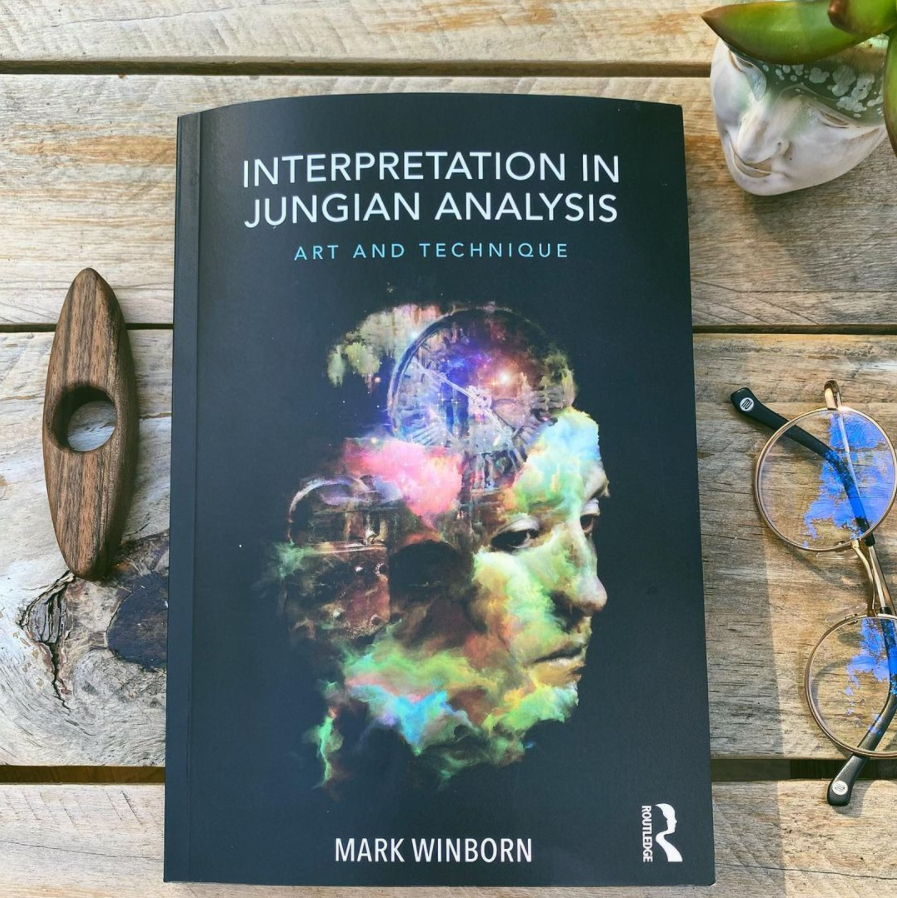Interpretation in Jungian Analysis: Art and Technique
Interview tomorrow with Jungian Analyst Mark Winborn on his work. This book has been a valuable resource for me as I walk through the forest of various perspectives and beliefs in the field of psychoanalysis and Jungian psychology. The question of interpretation and it’s art is one often debated in the field. Tune in to hear Mark’s approach, one that resonates deeply with my own. Like Von Franz has said, sometimes we don’t want to interpret and sometimes the symbol is so present it is negligent not to.
—
“Interventions that focus on reassurance, advice-giving, problem-solving, encouragement, consolidation of self-esteem, maintenance of existing defenses, and maintenance of reality orientation are considered to be supportive interventions. While these interventions support the patient’s conscious perception of the relationship they are not expected to increase the patient’s insight, engage unconscious patterns, or facilitate the transformation of psychological structures. Analytic therapies seek to minimize the utilization of supportive or suggestive interventions while emphasizing interpretations that engage unconscious processes, increase insight and consciousness and carry the potential for psychic transformation. Auld and Hyman indicate, “Psychoanalytic therapy is interpretive rather than suggestive…Principally, the therapist helps through making interpretations,” and that, “The warm relationship is the necessary context for the interpretive actions, because interpretations necessarily involve some narcissistic affront to the patient.” Vivona notes, “The relationship between analyst and patient fosters change when the analyst can articulate, clearly and with empathy, the nature of the relational experiences in which the two participate…It is important to make the distinction of whether the patient is capable of symbolic thinking without literalizing or trying to control by means of the rational ego. Many patients are not immediately ready for a Jungian approach and the supportive interventions are necessary in order to reach symbolic thinking. Jungians from the teleological approach might read Levy's perspective as, “Interpretation is the verbal expression of what is understood about the unconscious situation of the patient,” capturing all aspects of psyche rather than only the disruptive. Fordham’s definition highlights the element of surprise essential for effective interpretation and the necessary movement beyond the immediate concrete meaning of the patient’s verbalizations. Therefore, analytic interpretation treats all patient interactions as symbolic; that is, they carry “a meaning that is darkly divined” (Jung, 1960). Fordham states, “An interpretation is composed of that part of the patient’s unconscious digested and thought about by the analyst (who has held this hovering symbolic awareness for a period of time.) The result is then communicated to the patient in such a way as to give meaning to the patient’s material.” This highlights the creation of meaning, the importance and care in the analyst’s reflective capacities. This gives the analyst the ability to reflect on certain neuroses of the patient such as the infantile transference which Carl Jung states, “In the transference all kinds of infantile fantasies are projected. They must be cauterized (resolved) by reductive analysis. Beyond the analytic interaction lies a multitude of other ways that interpretation is necessary and not just within dream interpretation. Jung’s three primary areas of emphasis for dream interpretation were: 1) the juxtaposition of “reductive” and “synthetic” approaches, 2) the delineation of “objective” versus “subjective” interpretations, and 3) the utilization of a hermeneutics approach. C G Jung proposed that the synthetic interpretation (hermeneutic), creates the greatest receptivity to symbols, “The significance of a symbol is not that it is a disguised indication of something that is generally known but that it is an endeavor to elucidate by analogy what is as yet completely unknown and only in the process of formation. The phantasy represents to us that which is just developing under the form of a more or less apposite analogy. By analytical reduction to something universally known, we destroy the actual value of the symbol; but it is appropriate to its value and meaning to give it a hermeneutical interpretation.”
An excerpt from Interpretation in Jungian Analysis: Art and Technique by Dr. Mark Winborn
Books mentioned:
Interpretation in Jungian Analysis: Art and Technique by Mark Winborn


